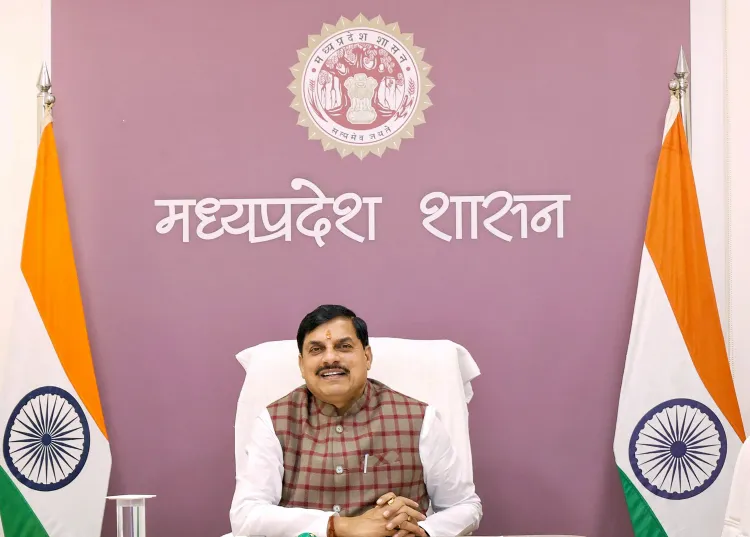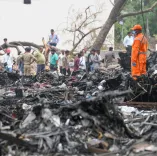Is the Bhopal Metro Rail Project Ready to Launch Its First Phase by August?

Synopsis
Madhya Pradesh is making significant progress on the Bhopal Metro Rail Project, with Chief Minister Mohan Yadav announcing a target start date for commercial operations this August. This transformative initiative aims to modernize urban transport in the region, reduce congestion, and enhance public transit safety and efficiency.
Key Takeaways
- The Bhopal Metro Rail Project is expected to enhance urban transport.
- Commercial operations may begin as early as August 2023.
- The project covers approximately 30 km with 30 stations.
- It aims to alleviate traffic congestion and environmental issues.
- Strict adherence to timelines and safety standards is emphasized.
Bhopal, June 13 (NationPress) The government of Madhya Pradesh is intensifying its efforts on the Bhopal Metro Rail Project. Chief Minister Mohan Yadav has announced that commercial operations in Bhopal are anticipated to commence by August this year.
Recently, Prime Minister Narendra Modi virtually inaugurated the initial phase of the Indore Metro Rail Project from Bhopal.
During a high-level meeting with officials on Friday, the Chief Minister urged them to hasten the completion of both the Bhopal and Indore Metro initiatives, ensuring that quality standards and timelines are strictly followed.
The Bhopal Metro, sanctioned in 2018, is designed to cover roughly 30 km across two principal lines—the Orange Line from Karond Square to AIIMS Saket Nagar, and the Blue Line from Bhadbhada Square to Ratnagiri Tiraha.
The project will feature 30 stations, including two underground, and a dedicated depot located at Subhash Nagar.
According to a post by Dr. Yadav on his X handle, the first segment, stretching 7 km from Pul Bogda to AIIMS, is projected to become operational by August 2025.
Subsequent phases will expand coverage to additional areas of the city by 2028, with Pul Bogda acting as the interchange between the two lines.
The Indore Metro initiative, also launched in 2018, spans over 31 km and comprises 28 stations, seven of which are underground.
The first stretch of the Yellow Line—from Gandhinagar to Super Corridor 3—has already been inaugurated by Prime Minister Narendra Modi in May 2025.
Future phases will extend the line to Malviya Nagar and Palasia Square, ultimately looping back underground to Gandhinagar.
The target for final completion is set for the end of 2028. These metro systems are part of a larger initiative to modernize urban transportation in Madhya Pradesh.
The aim is to alleviate congestion, reduce pollution, and provide quicker, safer public transit in both the capital and commercial hubs.
CM Yadav also highlighted the necessity of adhering to safety standards and minimizing disruptions to daily life during ongoing construction. Officials have been directed to meet deadlines while ensuring public convenience.







